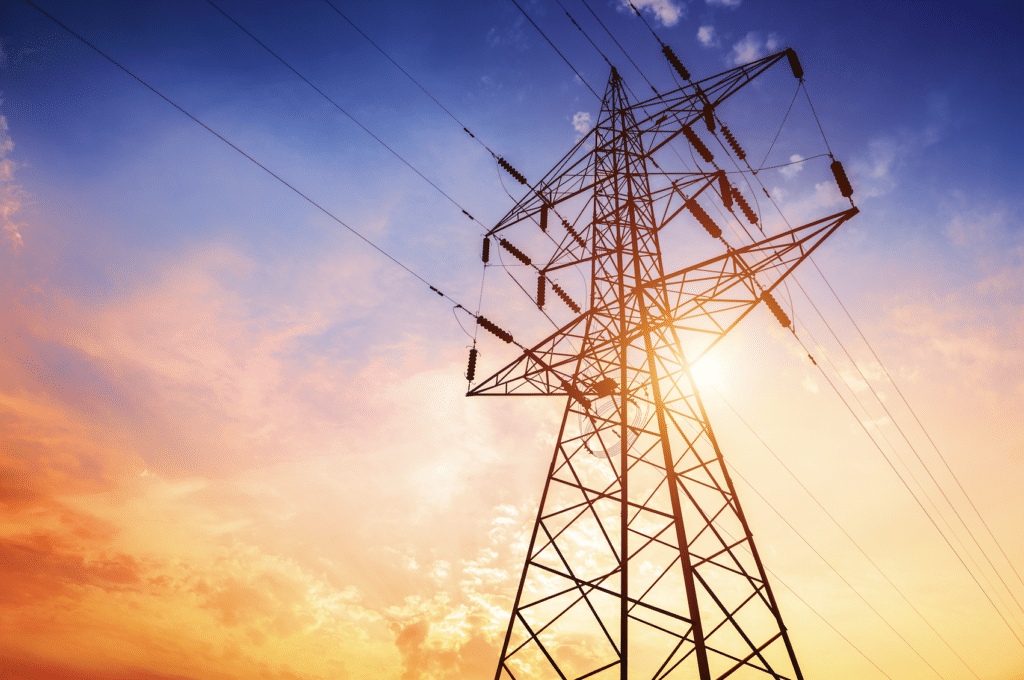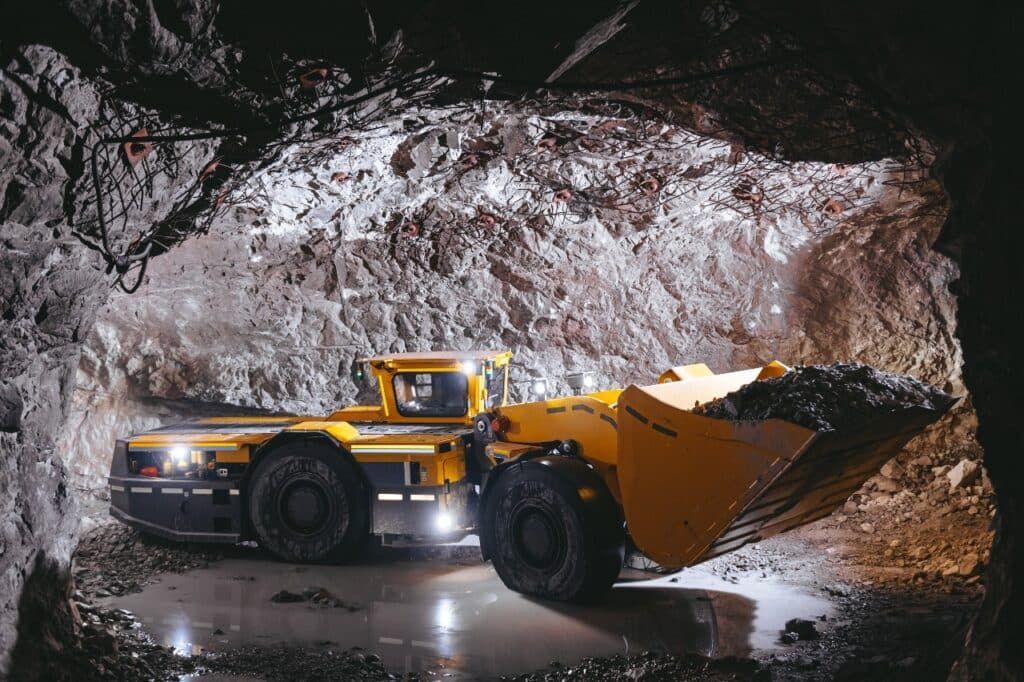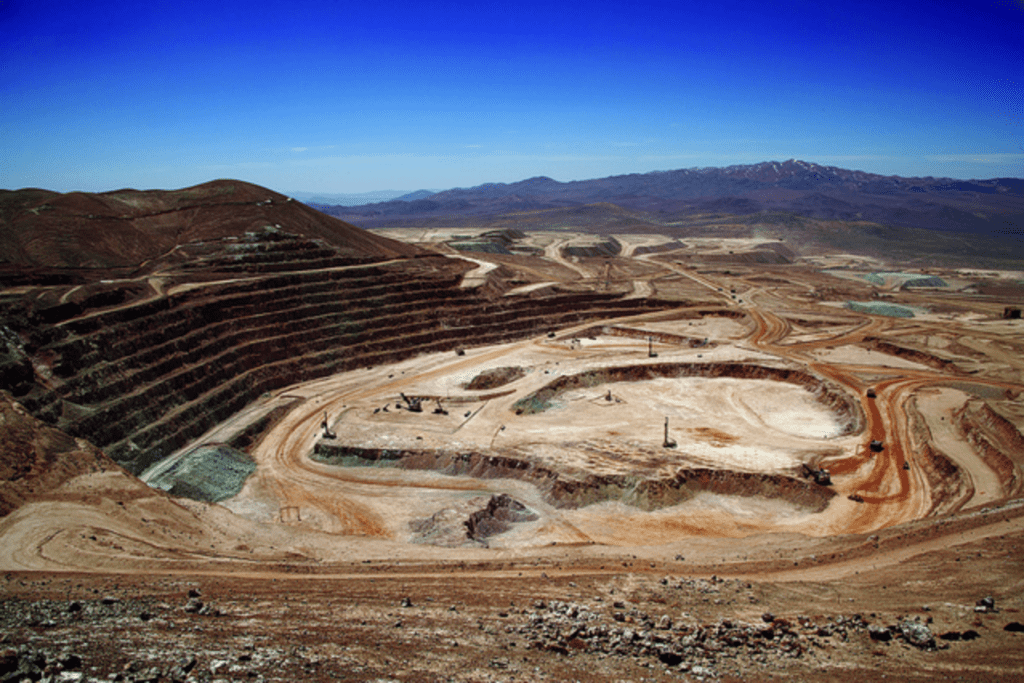Some Queensland Miners Aren't Being Tested For Synthetic Drugs
Tougher drug tests are being called for at Queenslandís coal mines due to concerns workers are not being screened for synthetic drugs such as ice.
In a survey obtained by the ABC , conducted by A Department of Natural Resources and Mines illustrates the vast majority of miners are not tested for synthetic drugs.
This follows a police investigation of drug dealers who are specifically targeting the mines.
Over the past 18 months, Gold Coast police raids have been exposing drug trafficking linked to mining regions in central Queensland.
According to Detective Inspector Lance Vercoe, "There's a lot of cash within the mining industries, there's a lot of young people in those areas.î
The crackdown comes amid concerns about a growing market for synthetic drugs both in the mining sector, and the broader community.
Obtained under the Right to Information, the department report identified that only 17 per cent of the stateís coal mines were testing for synthetics.
The mining and resource sector wants more urine tests, and a change in the law that requires consent from the majority of workers.
The Queensland Resources Council said stricter drug tests and a change in the law were needed to combat the issue.
"Generally in the coal sector it's been very difficult to get workforce agreement to move away from the default testing of saliva testing," Queensland Resources Council director Michael Roche said.
"Urine testing is really the only way we can detect some of these drugs, some such as the new synthetic drugs."
Natural Resources and Mines Minister Andrew Cripps said they needed co-operation from the workforce and a recognition that the use of drugs, synthetic or otherwise was not good for safety on mine sites where there can be high risks.
Over the past 12 month Queensland Mines Inspectorate (QMI) has worked with Queensland Police Service to hold drug awareness workshops across the industry.
QMI acting commissioner Paul Harrison said while the workshops were valuable, drug and alcohol abuse amongst workers remained a major problem.
"Synthetic drugs are a very difficult issue to control because as soon as you sort of get on top of one version of it if you like there's another one on the market so it's a pretty tough area to get on top of."
The Unions have opposed urine testing for a long time now, arguing they were intrusive and showed drug use from days or even weeks earlier, rather than more recent use which would affect work performance.
Those working on mine sites were picked at random for drug tests, if you work on a mine site at some stage you will be tested, and if youíre an illicit drug user, its likely an ongoing habit, youíre going to get picked up, Mr Harrison said.




